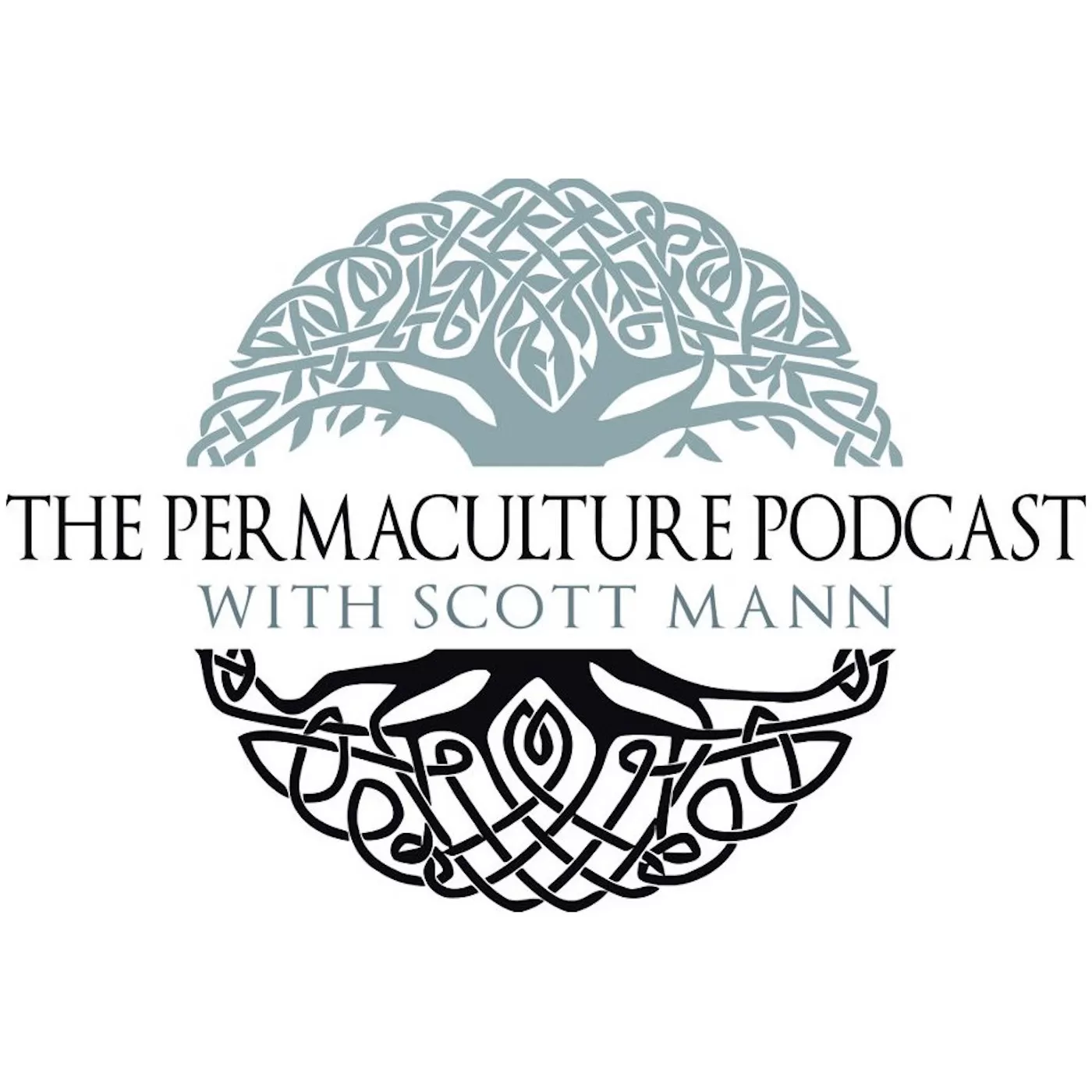I had a great time interviewing Rachel and am thankful for her, and co-author K. Ruby Blume's, perspectives on living a regenerative lifestyle based in permaculture. The artwork and photographs in the book are wonderful, it's well written, easy to understand, and contain a number of hands-on projects to get you started in whatever your area of interest may be. The chaptering of the book is a logical progression, with each chapter containing a description of the subject, information on it, interviews with people or organizations and how they are working with the idea, and hands-on projects. Throughout there are some sidebars with more information and in some chapters a time frame you can use to implement gradually and not get overwhelmed. My favorite parts of this book are the Principles of Urban Homesteading, the interviews, the hands-on projects, and the inclusion, and focus on, the non-material. The Principles of Urban Homesteading reflect the way the Principles of Permaculture arose over time through the action of it's practitioners. They reveal a way to consider the urban environment while trying to practice permaculture there. The interviews are reminders that others face the same challenges we do. I find them empowering and inspiring. Many books on Permaculture can be overwhelming with the amount of knowledge and information that is imparted in just a few pages. Rachel and Ruby have spread that out and the projects help to give us little things to focus on and then take action. The reader can move forward without being caught up in paralysis by analysis trying to figure out "What do I do next? There's so much!". Find something you like and do it. Many of these can be done in an afternoon with supplies you already have at your home. The non-material is something that, though we discuss it as being part of our ever growing need to implement permanent-culture, I feel it is often overlooked as the focus becomes one of design, food, and stable ecosystems. We also need to work on our stable social-systems. Urban Homesteading: Heirloom Skills for Sustainable Living now has a permanent place on my book shelf and is on the short list of recommended reads for people beginning their path to permaculture. If you've been doing this for a while and want something for someone who is still on the fence, this is the book. You can buy the book directly from the authors at: https://urban-homesteading.org/ And, if you'd like to listen to Rachel speak and possibly get to meet her, she will be at the Northeast Permaculture Convergence July 22-24, 2011. Note: I received my copy of Urban Homesteading from Skyhorse Publishing, Inc. for review. Only after reading it cover to cover, and feeling it would be a value to you my audience, did I contact Rachel for the interview.


